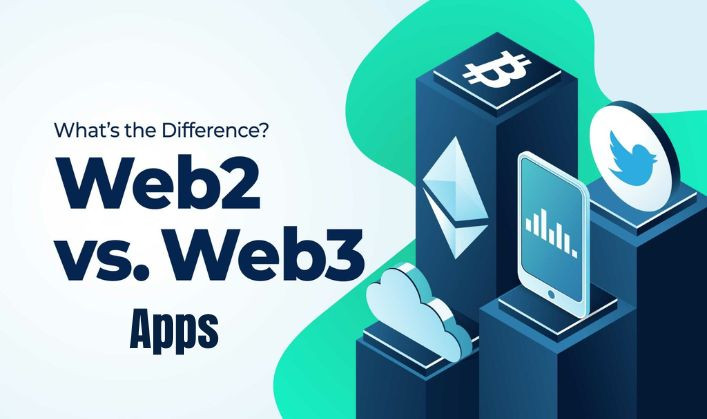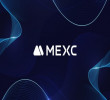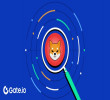7 November 2025
Web2 vs. Web3 Apps: A Comprehensive Comparison
The internet's journey has reshaped how we connect and work. From the basic static websites of Web1 to the interactive nature of Web2, the change was huge. Now, a new dawn has emerged in Web3 apps. It is the next-gen online realm. In this article, we'll uncover what sets apart Web2 and Web3, and how these changes touch our digital lives. It's like evolving from silent spectators to active players in the grand digital theater.
Bybit offer: Deposit $50, and GET 10 USDT (withdrawable)!
Understanding Web2 Applications
Web2, often referred to as the "social web," introduced a paradigm shift in the way users interact with online content. This phase brought us social media platforms, collaborative tools, and a more dynamic online experience. Web2 applications are centralized and rely on intermediaries to manage data and user interactions. Companies like Facebook, Twitter, and Google epitomize the Web2 era, where users generate content while the platform owners control its distribution.
Also read: Top 10 Web3 Development Companies 2023
Characteristics of Web2 Applications
1. Centralized Control: In Web2 apps, a single entity (the company) has control over the platform, its rules, and user data. This centralization can lead to issues like data breaches and privacy concerns.
2. Data Ownership: Users of Web2 apps often have limited ownership and control over the data they generate. The platform retains the rights to user-generated content.
3. Intermediaries: Web2 apps rely on intermediaries to facilitate user interactions. These intermediaries can regulate content, censor information, and impact the user experience.
4. Lack of Interoperability: Web2 apps typically do not communicate well with each other. Data is siloed within each application, making it challenging to create a seamless experience across platforms.
Introducing Web3 Applications
Web3, sometimes called the "decentralized web," aims to tackle the limitations of Web2 by leveraging blockchain technology and decentralized networks. This phase seeks to empower users, allowing them greater ownership and control over their data and online interactions. In Web3 apps, the emphasis is on creating trust through transparency and immutability.
Characteristics of Web3 Applications
1. Decentralization: Web3 apps are built on blockchain and decentralized technologies. This means that control is distributed among network participants rather than being held by a single entity.
2. User Empowerment: In the Web3 era, users have more ownership of their data. They can decide how their data is used and even monetize it through mechanisms like tokenization.
3. Interoperability: Web3 aims to enable seamless communication between applications. This interoperability allows for the creation of a connected online ecosystem.
4. Transparency and Security: Blockchain's inherent transparency and security features enhance trust within Web3 applications. Transactions and data cannot be easily tampered with or censored.
Key Differences in User Experience
1. Monetization: Web2 apps primarily generate revenue through ads and user data. In contrast, Web3 apps can allow users to directly monetize their engagement and data, fostering a more symbiotic relationship between users and platforms.
2. Privacy: While Web2 apps have been marred by privacy breaches, Web3 apps prioritize user privacy through cryptography and decentralized architecture.
3. Censorship Resistance: Web3 apps are inherently more resistant to censorship due to their decentralized nature. Content cannot be easily taken down or manipulated by a central authority.
4. Digital Ownership: Web3 apps enable true digital ownership of assets, thanks to blockchain's capability to prove ownership and provenance.
Conclusion
Web2 brought about a revolution in the way we use the internet, enabling social interactions and online collaborations. However, its centralized nature gave rise to concerns about data privacy, control, and censorship. Web3, on the other hand, promises to address these issues through decentralization, user empowerment, and enhanced security. The transition to Web3 might not happen overnight, but as blockchain technology matures and gains adoption, we can anticipate a more democratized, interconnected, and secure online environment. Whether we're sharing content, conducting transactions, or building digital assets, the evolution from Web2 to Web3 signifies a transformative journey toward a more user-centric and decentralized Internet.
Disclaimer: The author’s thoughts and comments are solely for educational reasons and informative purposes only. They do not represent financial, investment, or other advice.






